Best Stargazing Events of October 2013 (Sky Map Gallery)
New Moon, October 2013
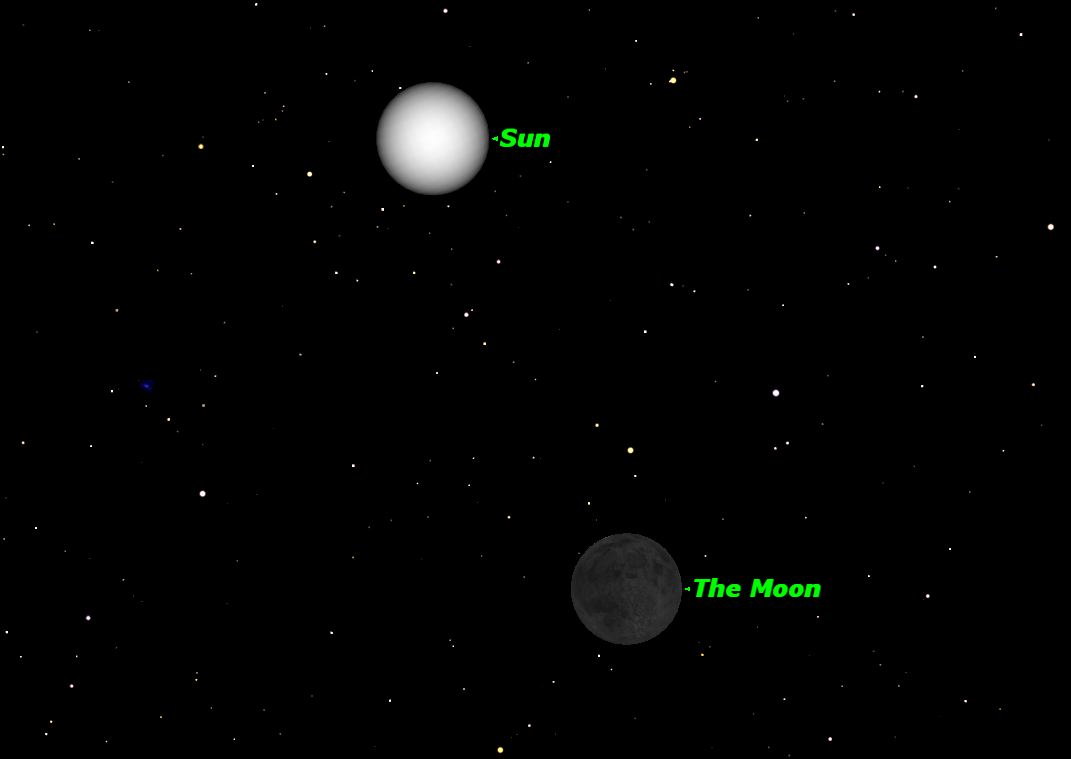
Friday, Oct. 4, 8:34 p.m. EDT. The moon is not visible on the date of New Moon because it is too close to the sun, but can be seen low in the east as a narrow crescent a morning or two before, just before sunrise. It is visible low in the west an evening or two after New Moon.
First Quarter Moon, October 2013

Friday, Oct. 11, 7:02 p.m. EDT. The First Quarter Moon rises around 2:00 p.m. and sets around 12:30 a.m. It dominates the evening sky.
Full Moon, October 2013
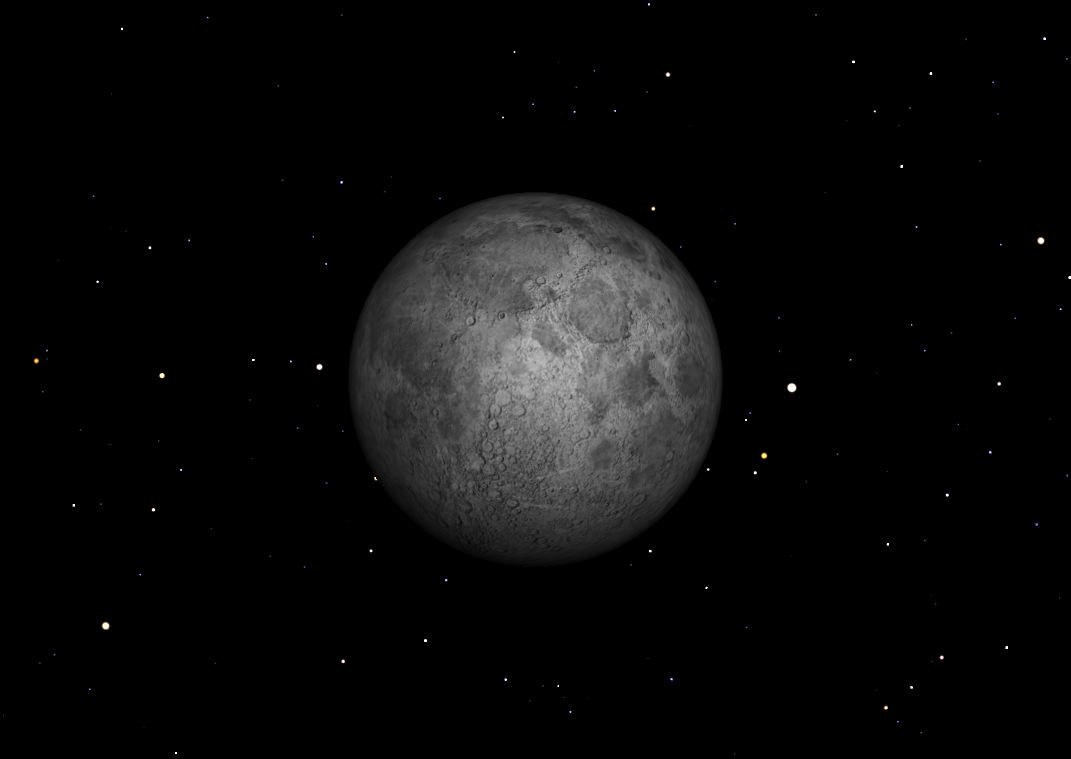
Friday, Oct. 18, 7:38 p.m. EDT. This is the first Full Moon following the Harvest Moon last month, and so is known as the Hunter’s Moon. It rises around sunset and sets around sunrise, the only night in the month when the moon is in the sky all night long. The rest of the month, the moon spends at least some time in the daytime sky.
Last Quarter Moon, October 2013
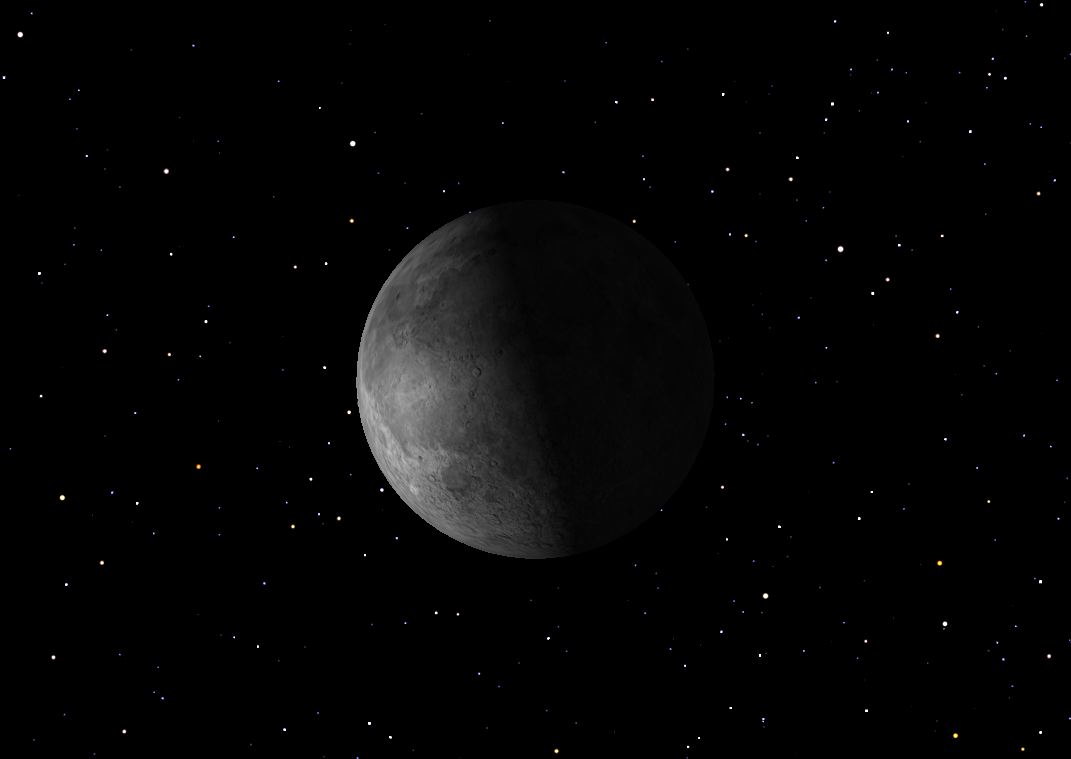
Saturday, Oct. 26, 7:40 p.m. EDT. The Last Quarter Moon rises around 11:30 p.m. and sets around 2:00 p.m. It is most easily seen just after sunrise in the southern sky.
Zodiacal Light, October 2013
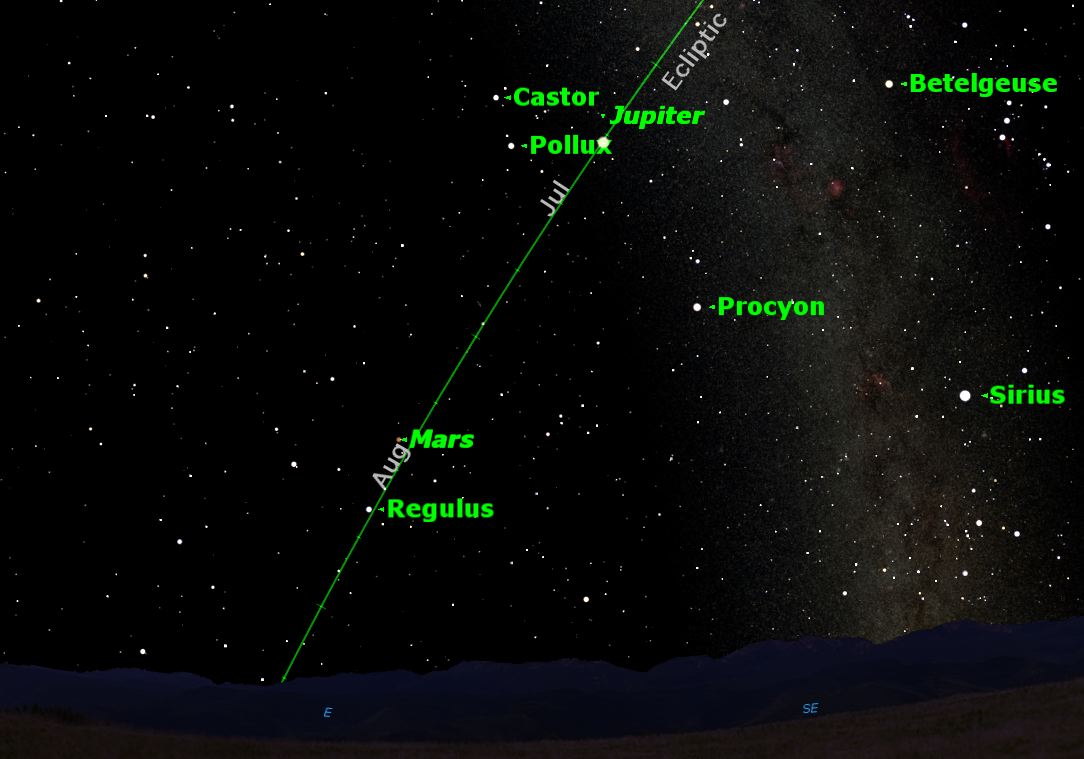
Thursday–Thursday, Oct. 3–17, before morning twilight. This faint light reflected from countless pieces of interplanetary material will be visible in dark skies for the next two weeks. It rises in a conical shape along the ecliptic before morning twilight.
Uranus at Opposition, October 2013
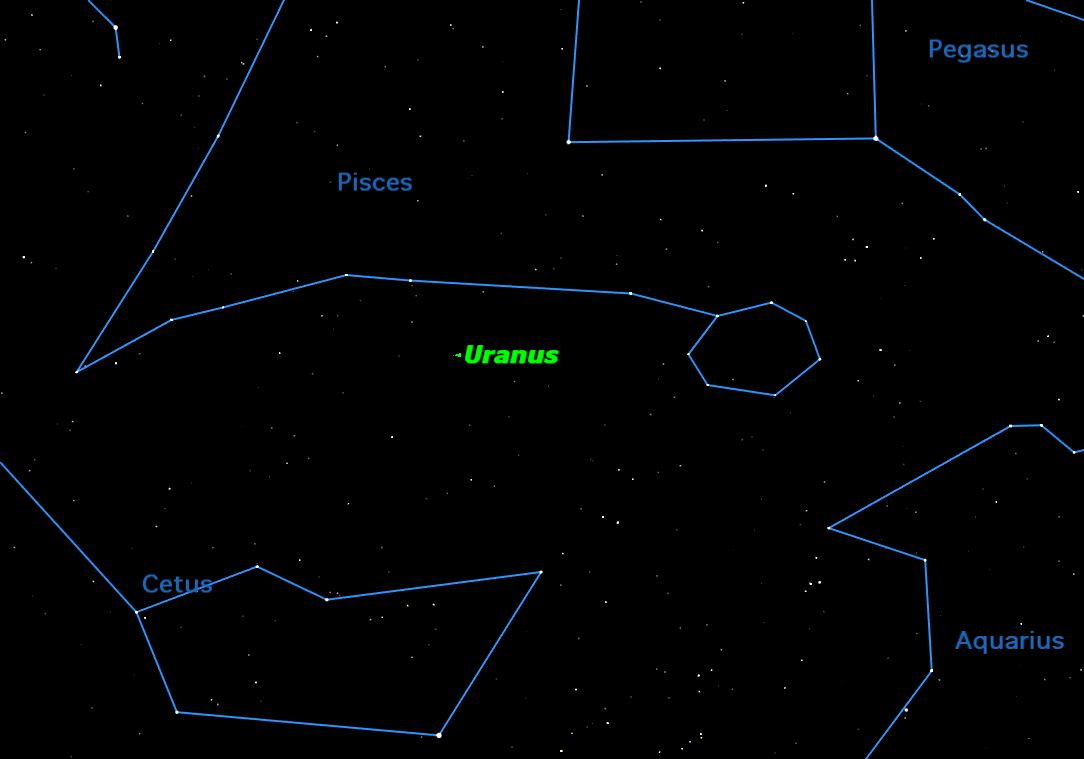
Thursday, Oct. 3, 10 a.m. EDT. The planet Uranus will be in opposition to the sun, and visible all night.
Saturn, Mercury, and the Moon, October 2013
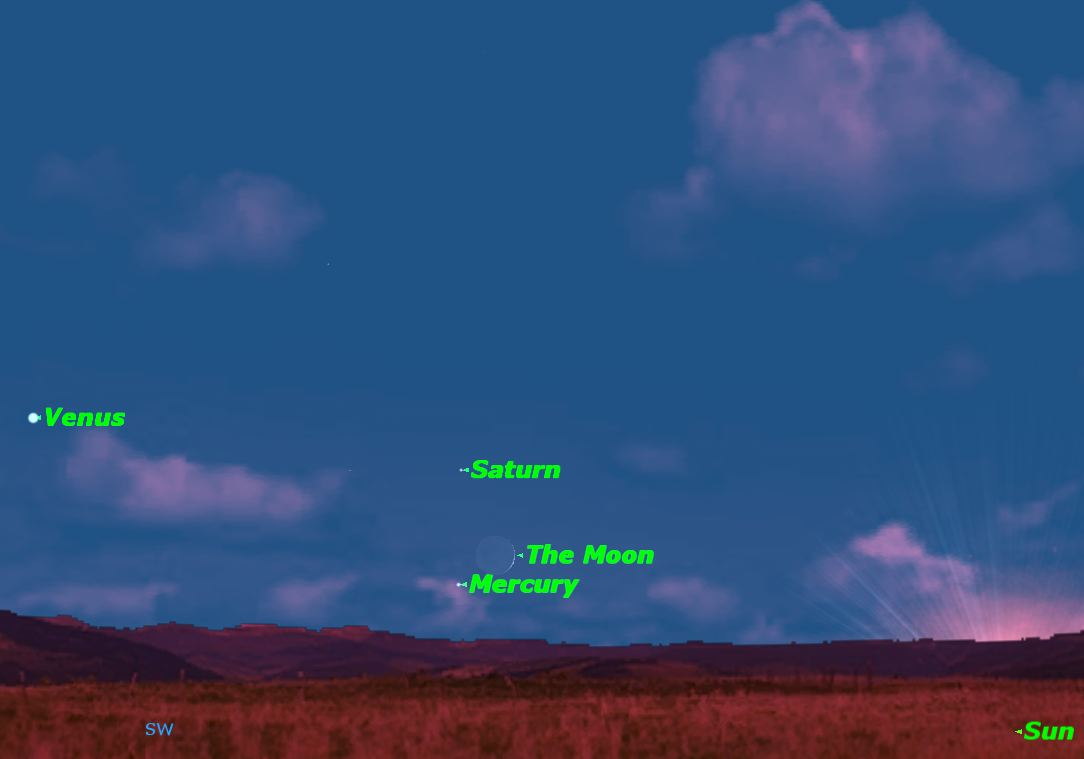
Sunday, Oct. 6, evening twilight. A triple conjunction low in the southwest just after sunset.
Get the Space.com Newsletter
Breaking space news, the latest updates on rocket launches, skywatching events and more!
Mercury at Greatest Elongation East, October 2013
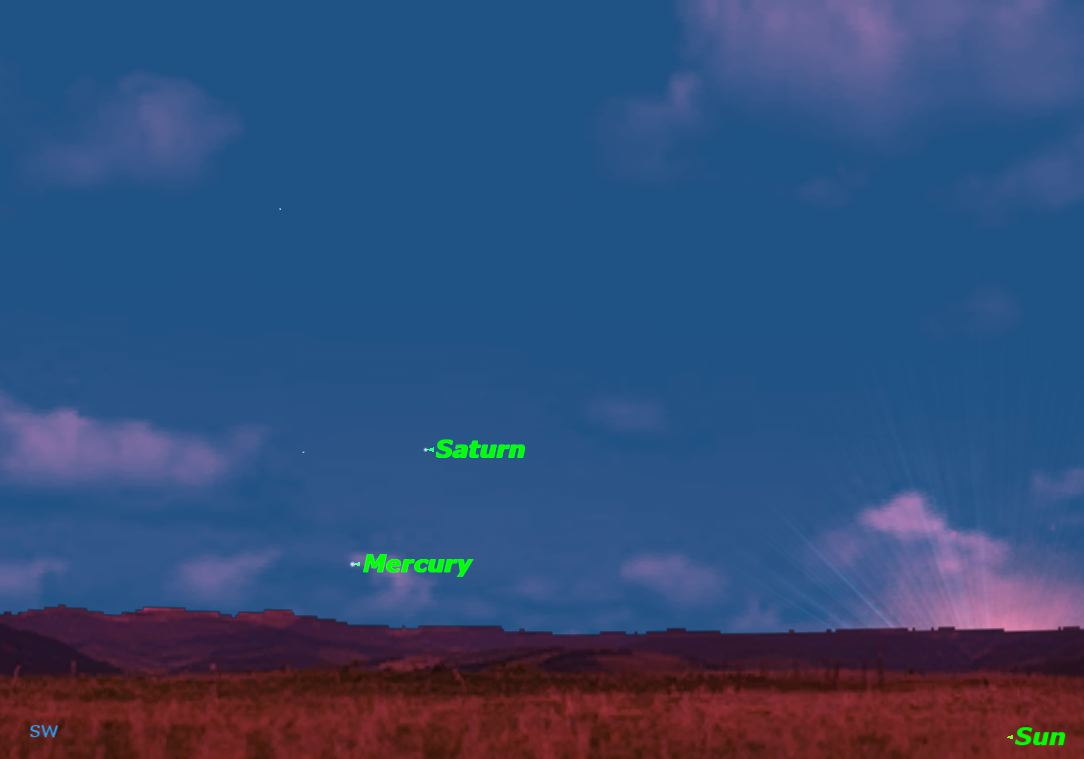
Wednesday, Oct. 9, evening twilight. Mercury will be at its greatest elongation east of the setting Sun, but this will be an unfavorable opposition because of the low angle of the ecliptic to the horizon. Saturn will be 5 degrees above Mercury.
Triple Shadow Transit on Jupiter, October 2013
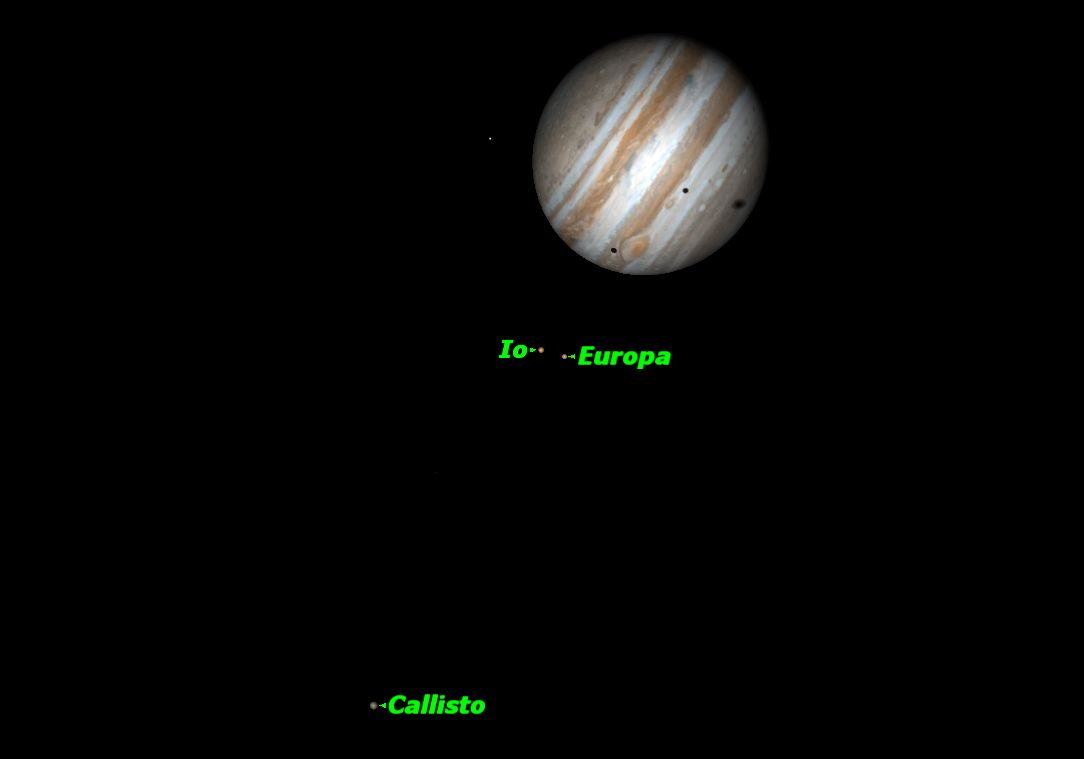
Friday/Saturday, Oct. 11/12, 12:32–1:37 a.m. EDT. It is very rare that three of Jupiter’s moons cast their shadows on Jupiter simultaneously. This will be visible tonight in telescopes with at least 90 mm. aperture.
Juno and the Moon, October 2013
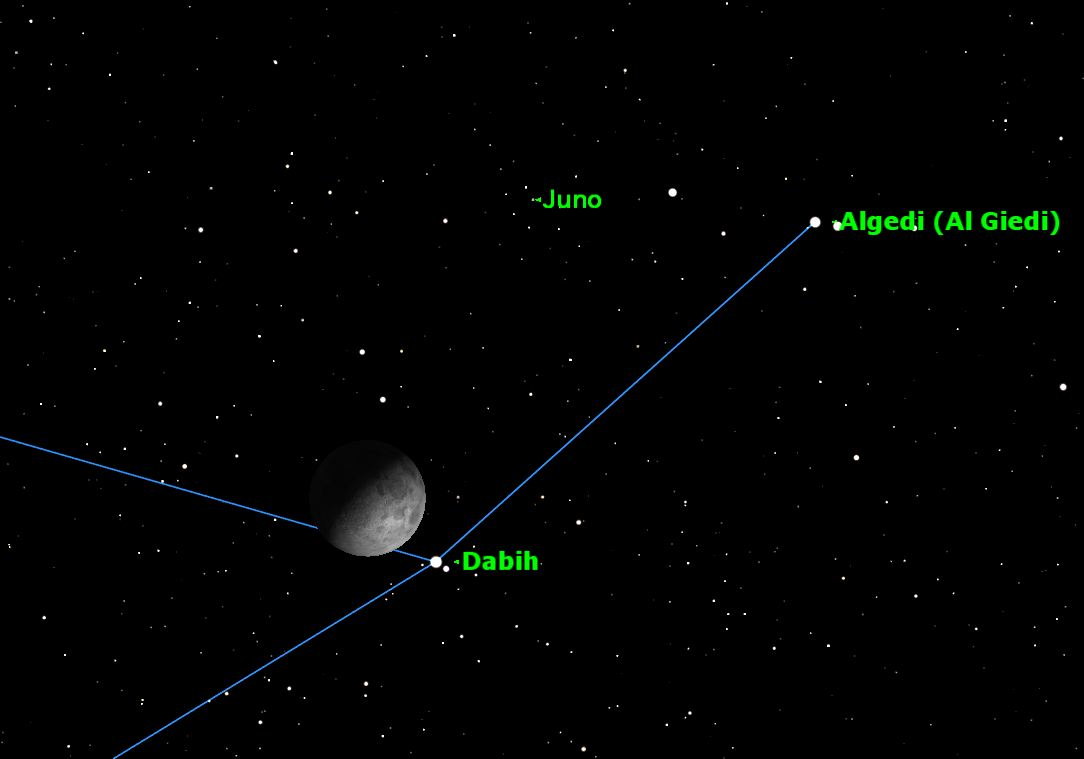
Saturday, Oct. 12, 10 p.m. EDT. The 9th magnitude asteroid Juno will be just north of the 9-day-old gibbous moon, and close to the two wide double stars in western Capricornus, Algedi and Dabih.
Comet ISON, Mars, and Regulus, October 2013
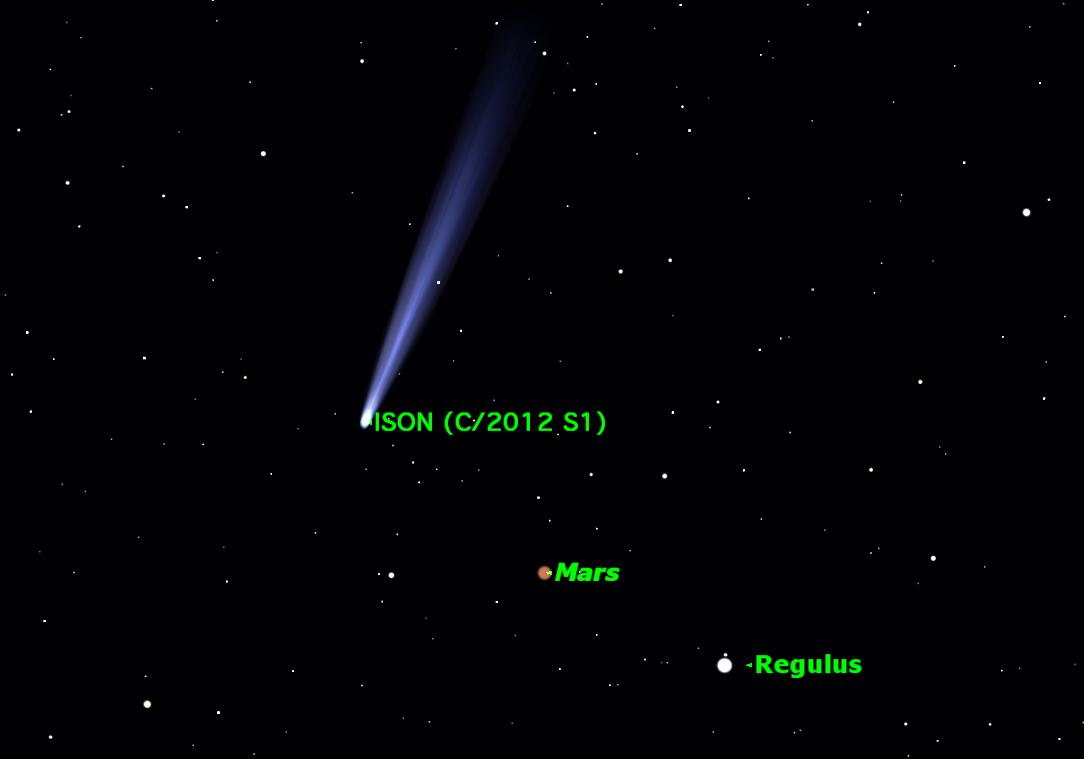
Tuesday, Oct. 15, before dawn. An unusual grouping of a comet, a planet and a star, as Comet ISON puts in an early appearance. This image is based on early estimates of ISON’s brightness. It now is known to be nowhere as bright as shown, but may be visible in binoculars.
Join our Space Forums to keep talking space on the latest missions, night sky and more! And if you have a news tip, correction or comment, let us know at: community@space.com.

Space.com is the premier source of space exploration, innovation and astronomy news, chronicling (and celebrating) humanity's ongoing expansion across the final frontier. Originally founded in 1999, Space.com is, and always has been, the passion of writers and editors who are space fans and also trained journalists. Our current news team consists of Editor-in-Chief Tariq Malik; Editor Hanneke Weitering, Senior Space Writer Mike Wall; Senior Writer Meghan Bartels; Senior Writer Chelsea Gohd, Senior Writer Tereza Pultarova and Staff Writer Alexander Cox, focusing on e-commerce. Senior Producer Steve Spaleta oversees our space videos, with Diana Whitcroft as our Social Media Editor.









